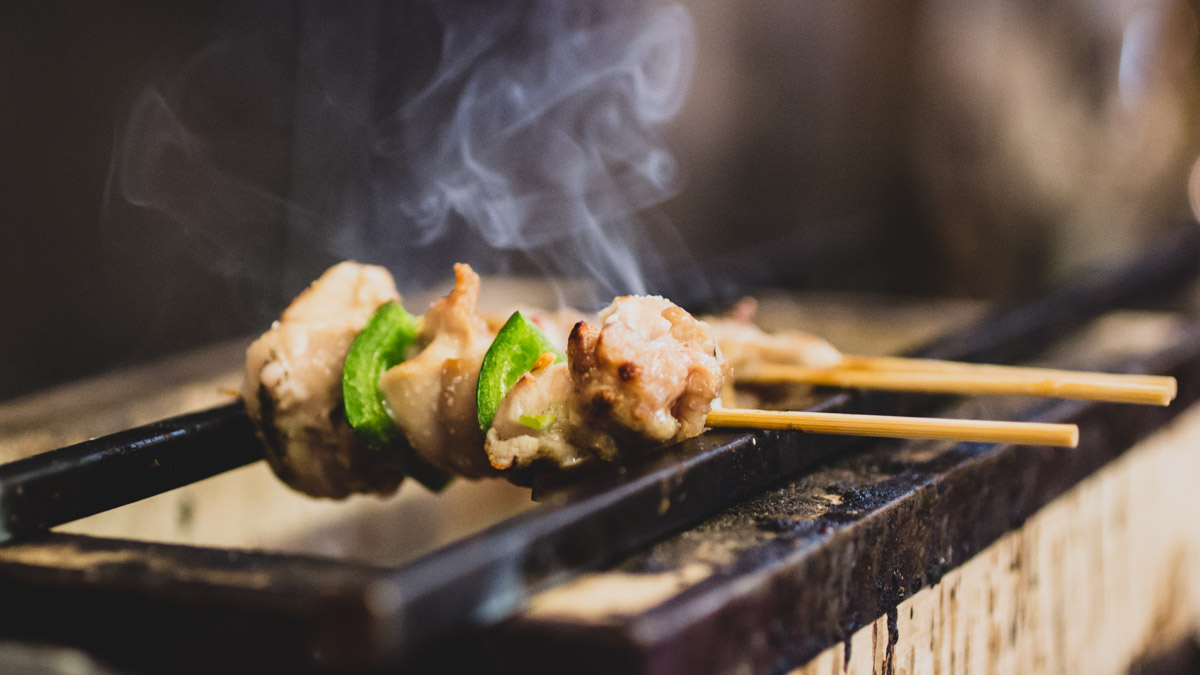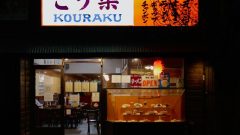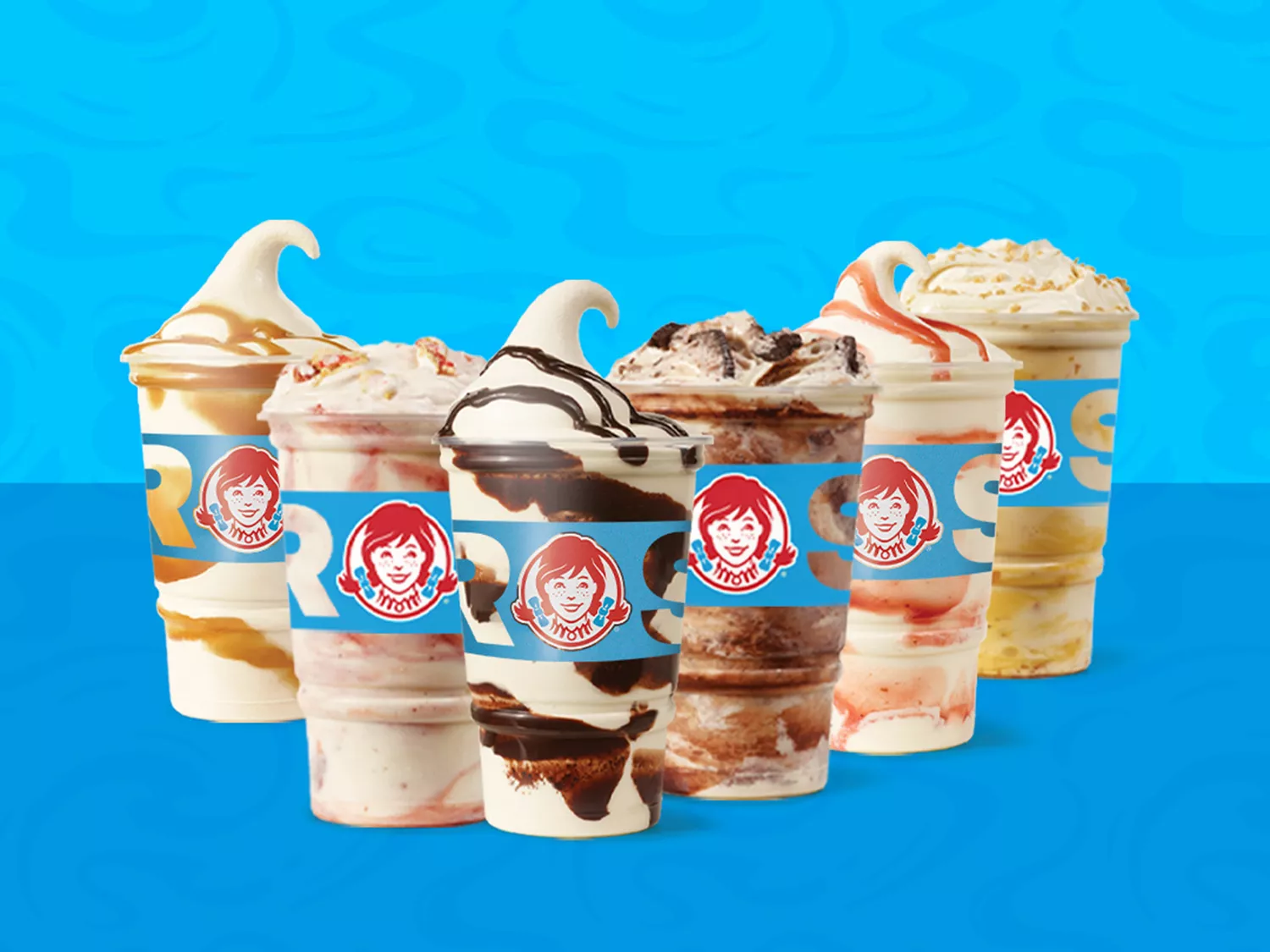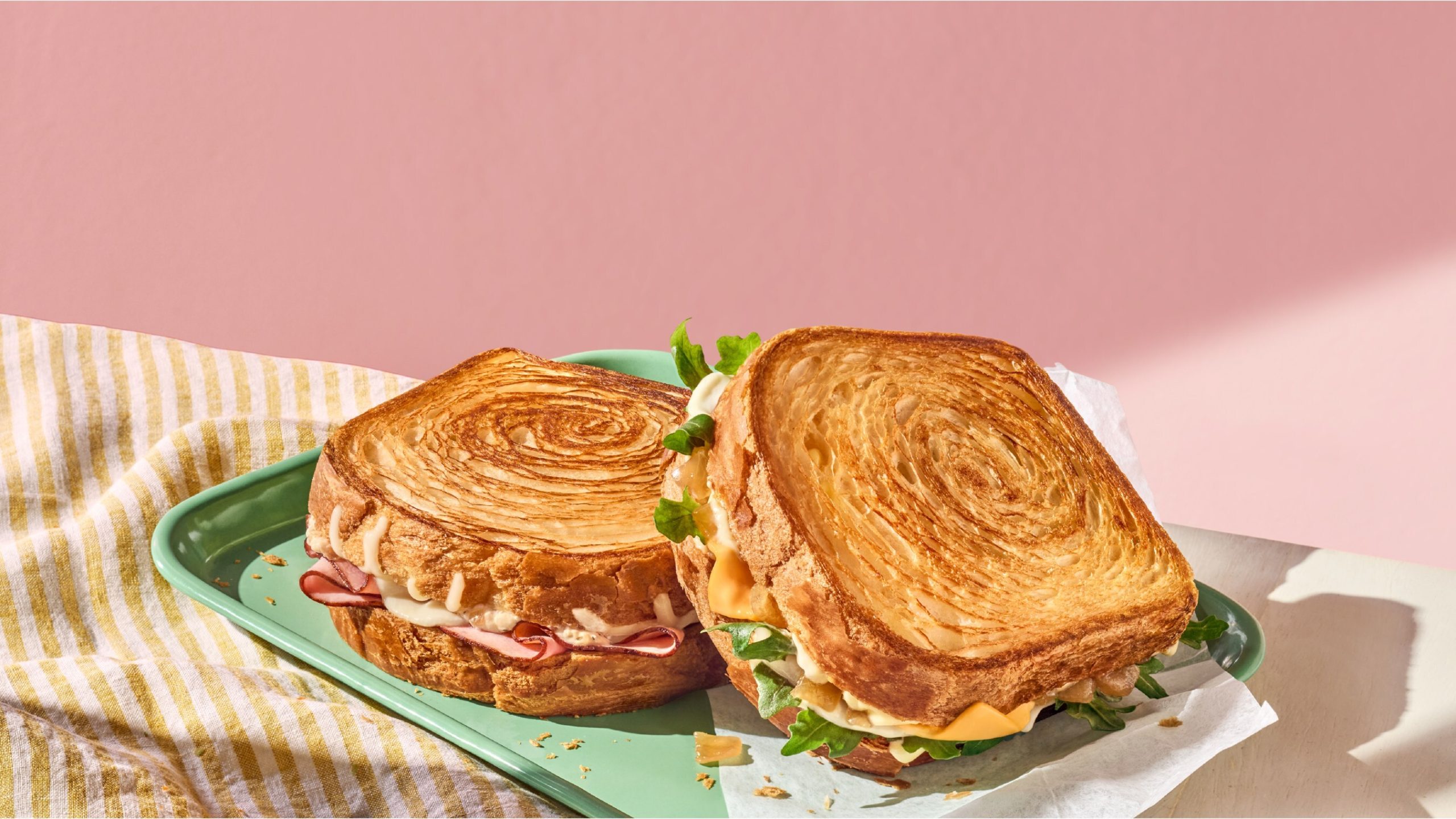Nobu’s Protege Serves Dishes Inspired By Ancient Samurai Street Food

Student to the prolific Nobuyuki Matsuhisa, or otherwise known famously as simply Nobu, chef Takuya Umeda spent a quarter century honing his sushi-making techniques from the iconic Japanese chef at many different Nobu locations across the globe.
His newest restaurant Umeda, located in Hollywood, CA, is his first solo venture from his teacher’s shadow — complete with Nobu’s blessing and all.
A majority of Umeda’s menu is inspired by the Edo Period in Japan, where street food and bite-sized portions were common fare.
“I believe serving traditional dishes makes clear the identities that we are a Japanese restaurant,” he tells Foodbeast, as he bustles through kitchen.

“I discovered Edo tradition and techniques while cooking at a long-established restaurant in Sapporo City, and it inspired me to grow my knowledge by visiting, dining, and researching the practices of as many old Japanese restaurants as I could,” Umeda said.

Japan’s Edo period took place from 1603 to 1867 and is essentially the heart of Umeda’s menu. The chef adopts the use of ingredients and centuries-old cooking methods that were valued in Japan during that era.
“I find creativity and inspiration by holding firm to the foundation of Japan’s ancient cooking principles,” he says. These principles include honoring the five flavors of sweet, spicy, salty, bitter, and sour. Another key element is the five different ways to prepare Japanese food: raw, fried, boiled, grilled, and steamed.

Behind all the modern appliances in his Los Angeles kitchen, tucked away in the back of the house, lies a traditional Japanese grill he cooks skewers on over a bed of Binchō-tan charcoal.

Dishes like his grilled chicken skewers are a prime example of what’s fondly referred to as “samurai street food.”
Samurai Street food is essentially anything you can eat quickly on the go and served commonly through street vendors. Convenient bites like yakitori (grilled chicken skewers), a bowl of noodles, and sushi are all something a hungry samurai can speedily consume before returning to his post at a moment’s notice.
Chef Umeda’s menu harnesses the timeless fare and executes them with a blend of modern and traditional methods that he acquired from Nobu and other Japanese culinary masters throughout his lengthy career.

Layered with peppers, the chicken is pierced with kushi (bamboo skewers), dunked into a sweet terikayi-like marinade, and finished over a bed of white oak charcoal.

Quality and tradition go hand-in-hand with Chef Umeda and a prime example is his use of Inaniwa noodles. He sources these thin noodles from a single family-run business in the Akita region of Northeast Japan where a 350-year-old technique has been passed down to the eldest son of each generation.
While the chef reassures that there are many noodle manufacturers that yield a delicious product, he has yet to come across one that compares to his supplier — both in quality and respect for tradition.

His Inaniwa udon dish highlights these noodles as they are served in a savory broth accompanied by three plump chicken meatballs. A simple dish that packs centuries of technique, sensibilities, and flavor behind it.

“Sushi, tempura, noodles, grilled [meats], those are still popular at present time in Japan,” Umeda explains.

With a humble gait, always speaking with a smile, Chef Umeda was the only pupil to receive Nobu’s blessing to venture out, open his own restaurant, and incorporate the famed chef’s sushi techniques.
As I sit there watching him craft my meal, I’m mesmerized by the deft and efficient motions of his hands as he produces the sushi. It was as if his fingers were plucking notes from an invisible instrument whose music could only be heard by my taste buds.

The sheer speed and technique was something a camera could barely capture.

During Umeda’s time studying under Nobu, he learned two important things he still holds onto today.
The first was to put the customers first.
“Making customers happy above all else,” Umeda shares. “Their happiness and satisfaction is paramount.”
With that priority established, the second lesson draws from the chefs drive to constantly improve himself: Always looking for a better way to create, finesse, present each and every dish – because there is no best way.
“My greatest pleasure is making our guests genuinely smile after dining with us, which is something that Nobu has been able to do all of these years,” reflects Umeda. “Nobu taught me to find the joy in making guests happy in their daily lives through something as fundamentally simple as a good meal.”
As Umeda Restaurant begins its second year, Chef Umeda continues to build upon the teachings of the great Nobu through both his food, the exemplary way he hosts his patrons. Umeda’s spotlight on samurai street food, however, is what may set this sushi chef apart from his mentor.






















